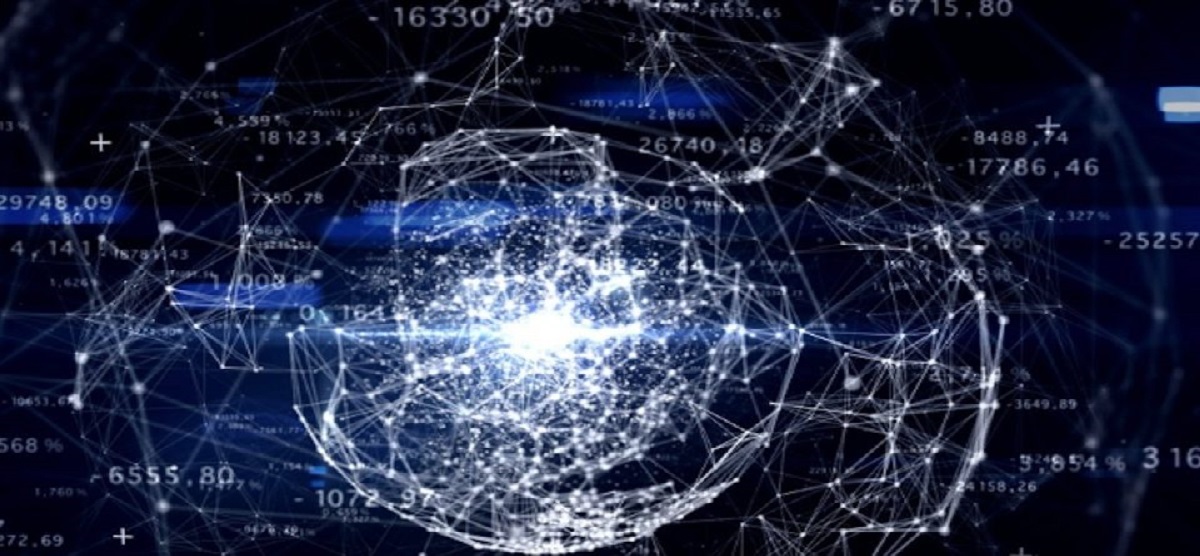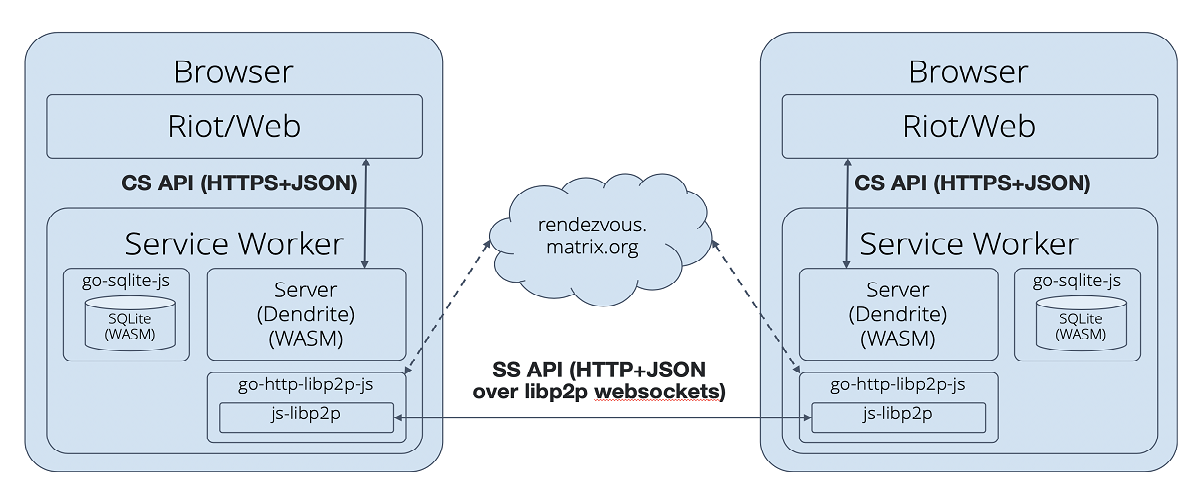
Here on the blog some applications that make use of Matrix have been mentioned I have even some related notes, but we have not talked specifically about this project open source managed by the nonprofit Matrix.org foundation.
Initially you have to know that the Matrix.org foundation is dedicated to building an open protocol and communication network for communication decentralized and encrypted, with the goal of providing a viable Open alternative to Slack, WhatsApp, Discord, and other proprietary communication silos.
This protocol, can be used to power the communication of Internet of Things (IoT), VoIP / WebRTC signaling, instant messaging, etc.
About Matrix
Matrix is not just about allowing users to store their own conversations: it also avoids Internet dependencies when working on local networks, mesh networks, or situations where the Internet has been cut off.
In fact, its creators aim to create an independent open platform, dynamic and evolving like the Web itself, but for communication.
Matrix dropped out of beta in June 2019 and the protocol is fully suitable for production use with many features.
Offers simple HTTP API and SDK (iOS, Android, Web) pTo create chat rooms, manage chats and chat bots, with end-to-end encryption, file transfer, synchronized conversation history, formatted messages, read receipts and much more.
Conversations are replicated on all participating servers. This means that there is no single point of control or failure. Thus, it can reach any other user in the global Matrix ecosystem, which has more than 9 million users, including those on other networks through bridges.
Matrix provides end-to-end encryption via Olm and Megolm cryptographic ratchets. This ensures that only the intended recipients can decrypt your messages, while notifying you if other unexpected devices are added to the conversation.
Encryption is based on the double click algorithm popularized by Signal, but expanded to support encryption in spaces containing thousands of devices. Olm and Megolm are specified as an open standard and the implementations are released under the Apache license.
Also, with the advent of WebRTC, developers have acquired the ability to exchange high-quality voice and video calls, but there is no standard way to route calls. The Matrix developers believe that it can be seen as the missing signaling layer for WebRTC.
They also explain that the Matrix owes its name to its ability to bridge the gap between existing platforms and an open communication matrix on a global scale. Bridges are at the heart of the Matrix and designed to be as easy to write as possible, with the Matrix providing the language of the greatest common denominator to connect networks to each other.
The Matrix Core Team bridges with Slack, IRC, XMPP and Gitter, while the wider Matrix community provides bridges for Telegram, WhatsApp, Facebook, Hangouts, Signal, etc.
According to its developers, Matrix can process any type of data in real time, not just messages and VoIP. By building bridges with as many IoT silos as possible, data can be securely published across the Matrix network.
Matrix-based IoT solutions are unified, rather than being blocked for specific vendors, and can even publish or consume Matrix data directly from devices over very low bandwidth transport (100 bps or less).
They also indicate that the Matrix can be the unifying layer of global data and communications in virtual and augmented reality.
In short, the Matrix is a decentralized chat store rather than a messaging protocol.
When you send a message in the Matrix, it is replicated to all servers whose users participate in a certain conversation, in the same way that communications are replicated between Git repositories.
By default, Matrix uses simple HTTPS + JSON APIs as the basic transport, but it also adopts a more sophisticated transport such as WebSockets or CoAP + Noise.
More information: https://matrix.org
